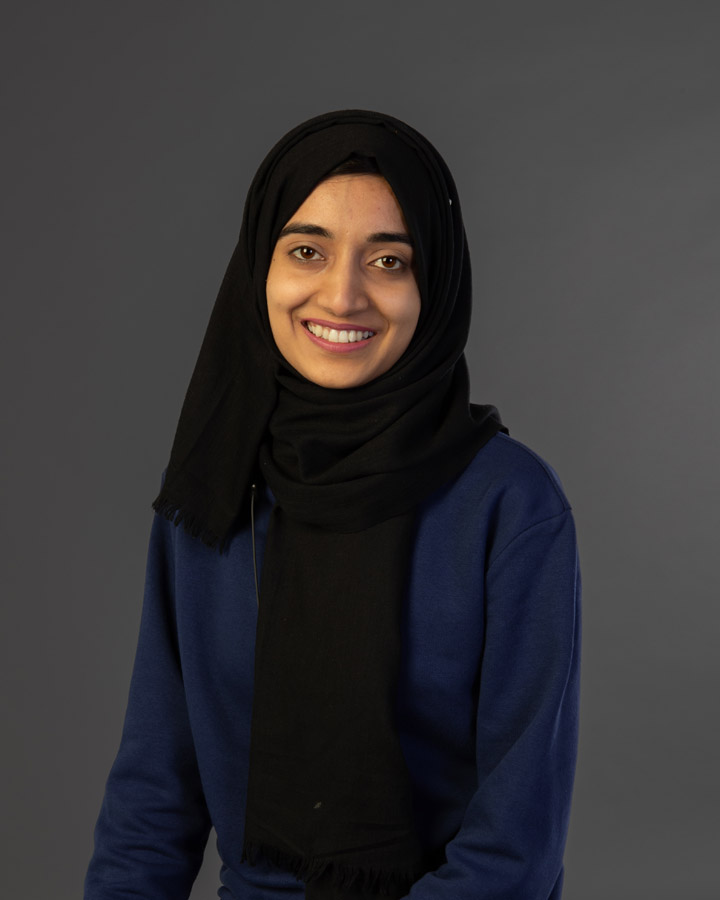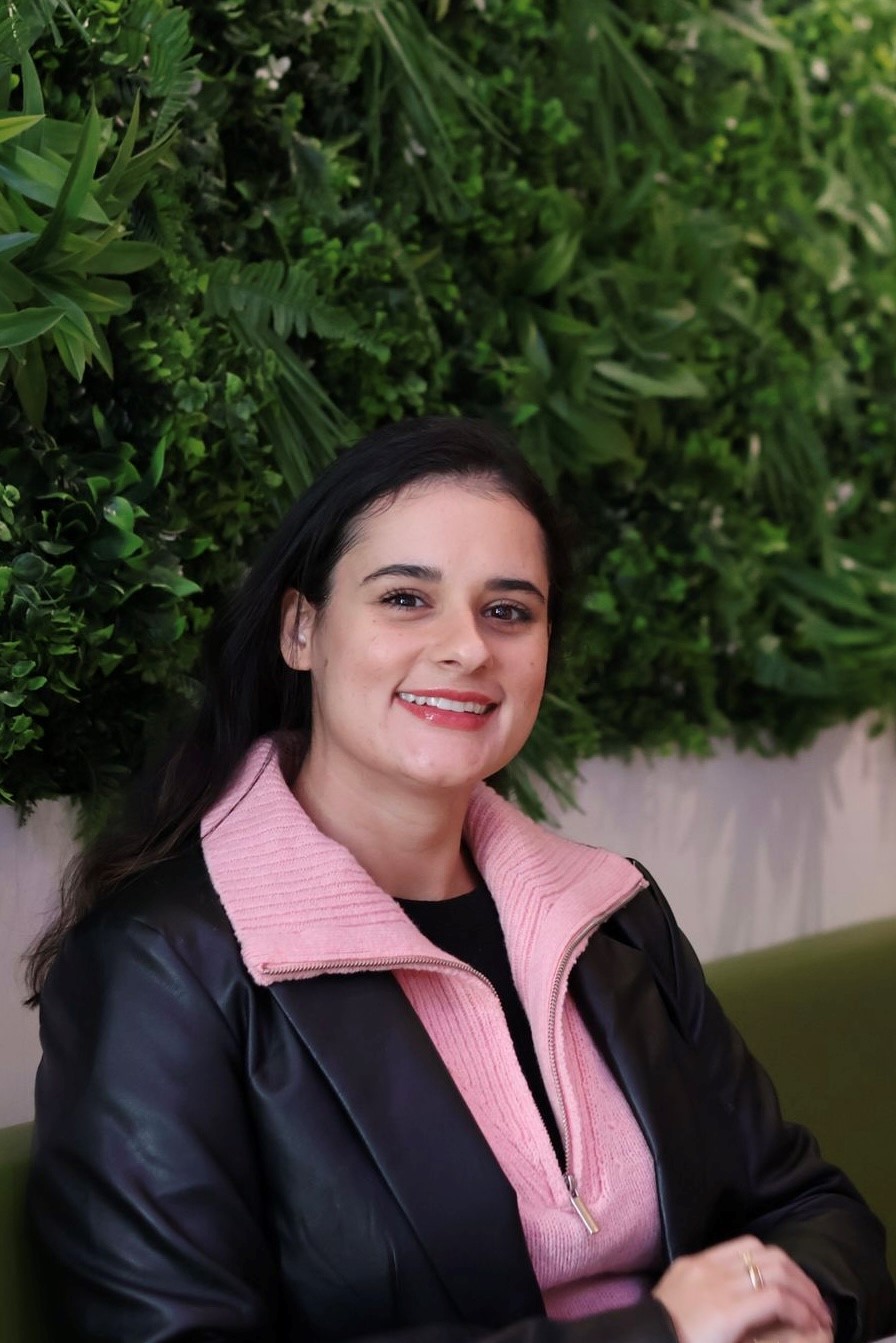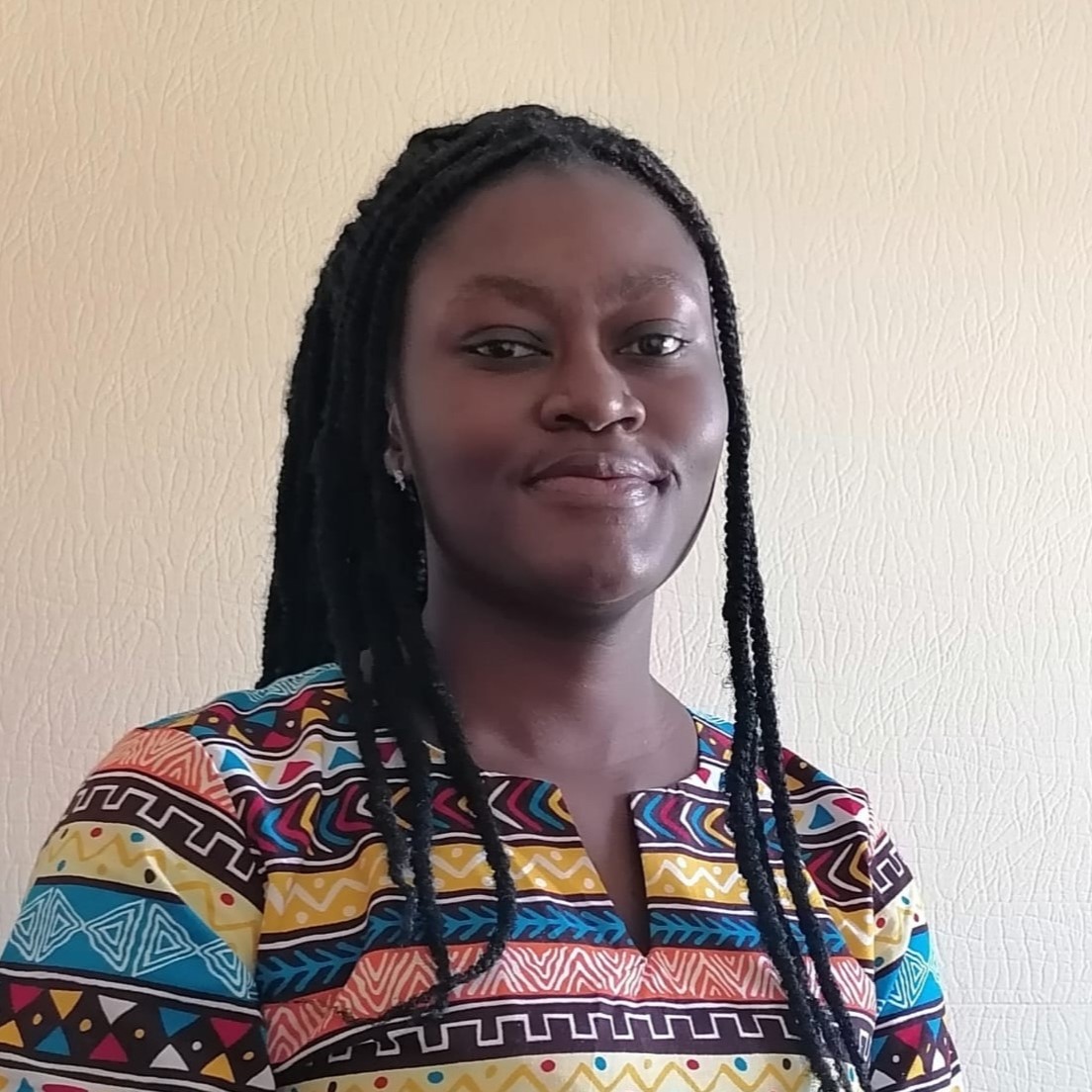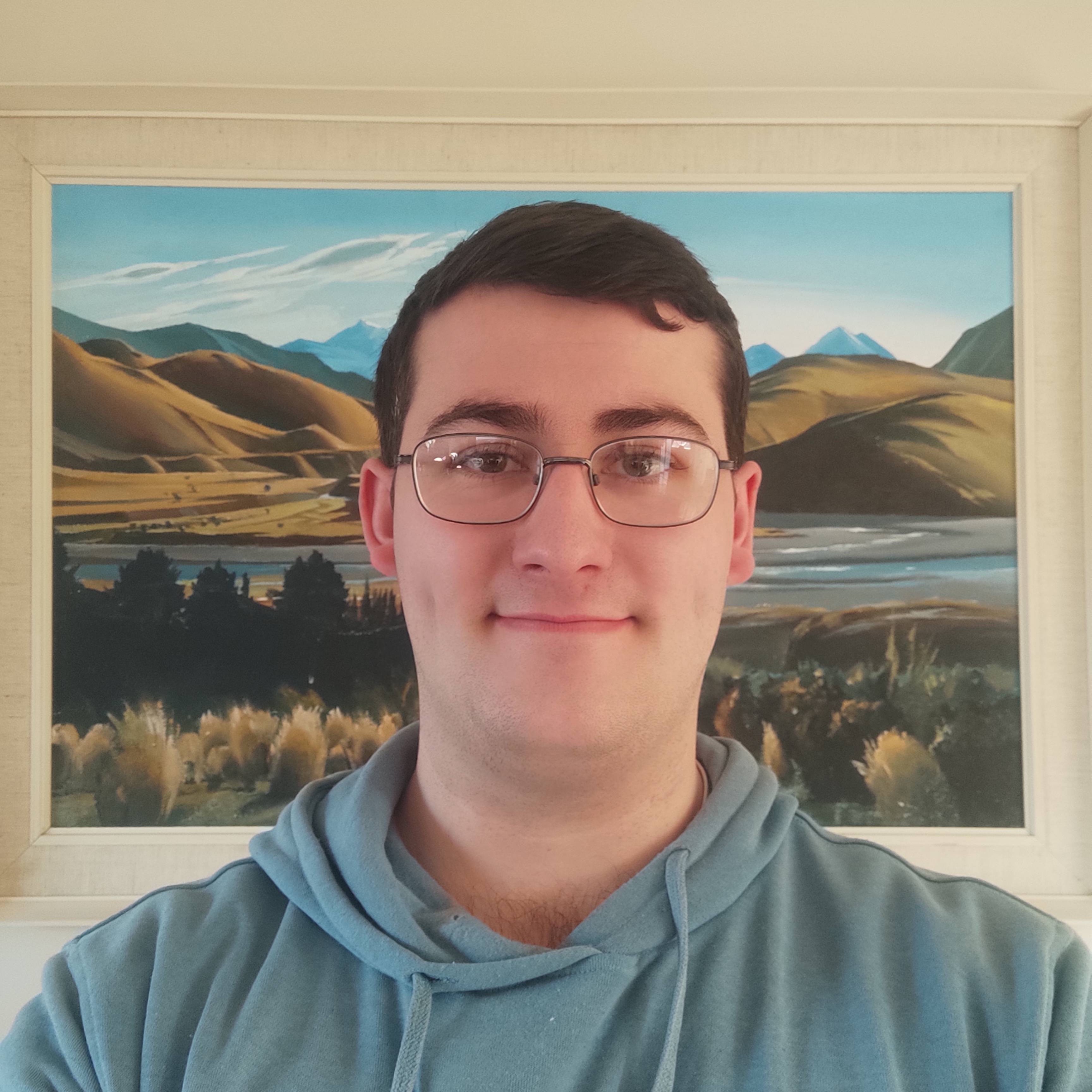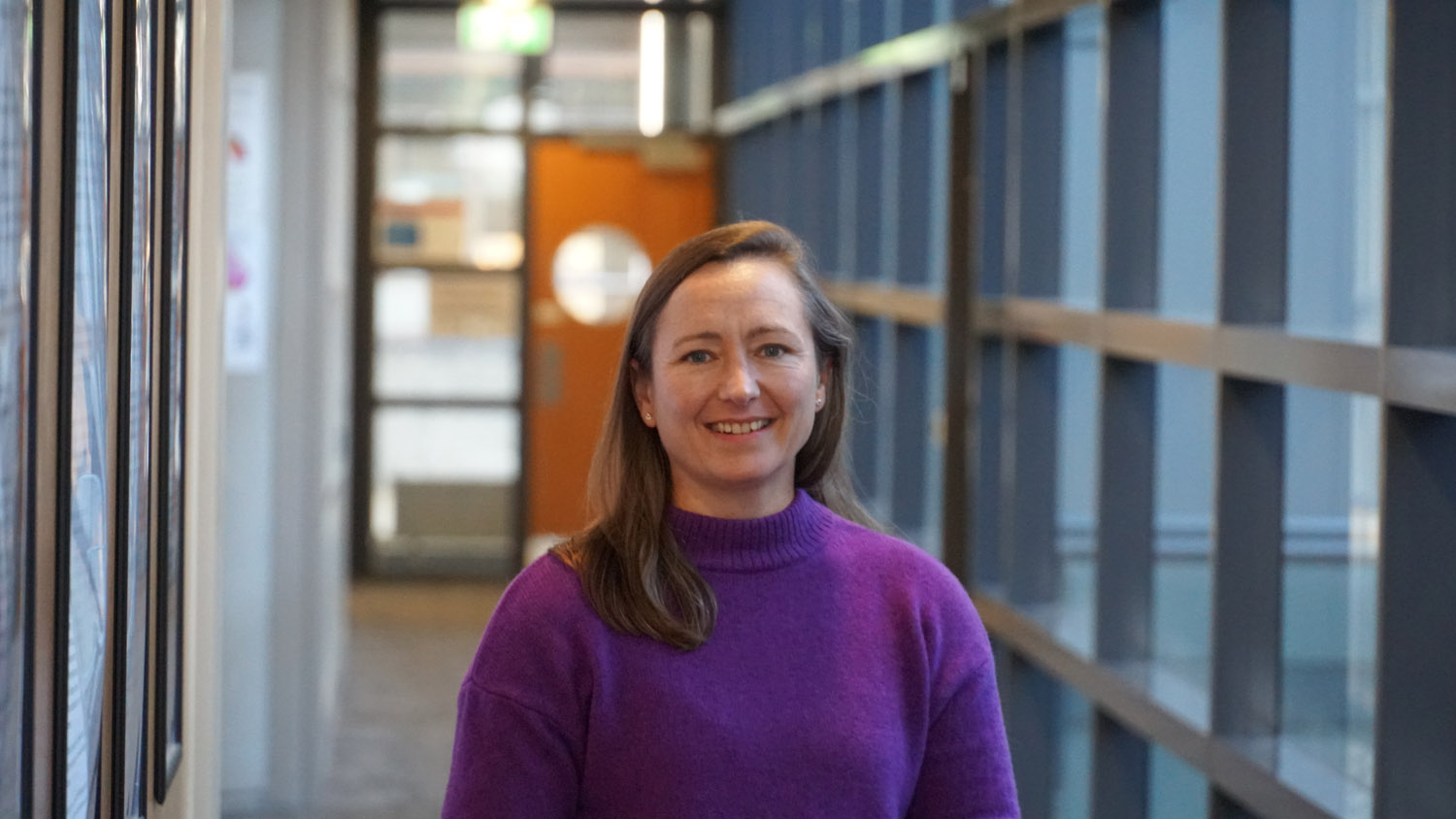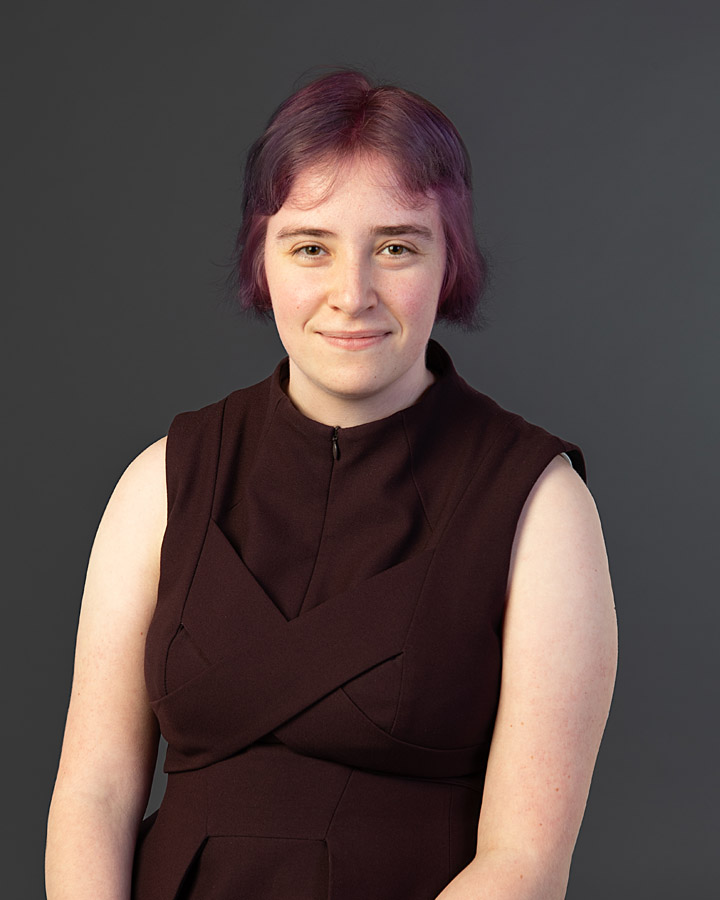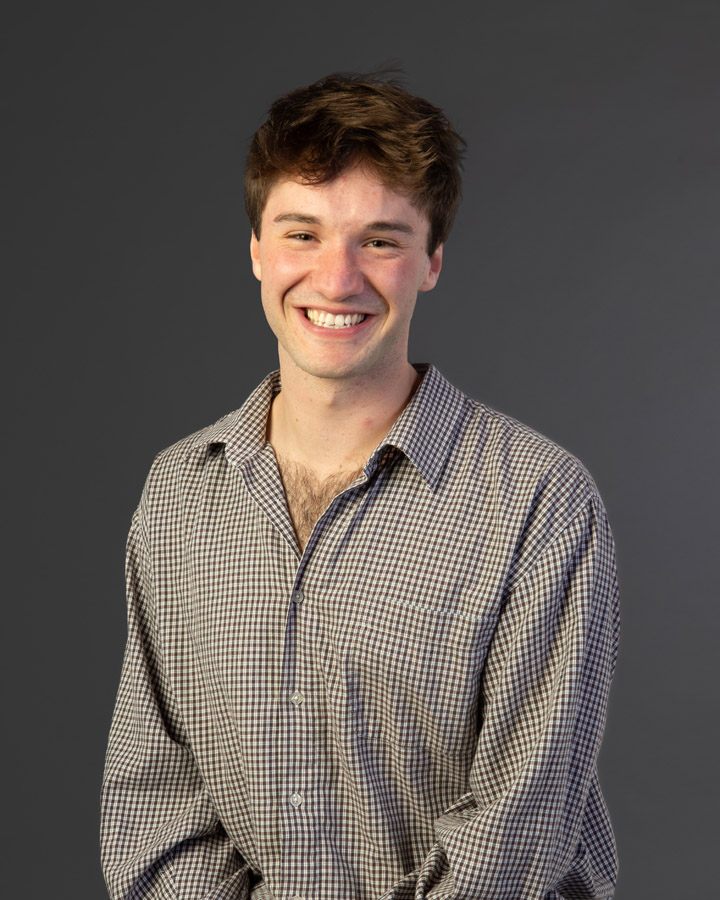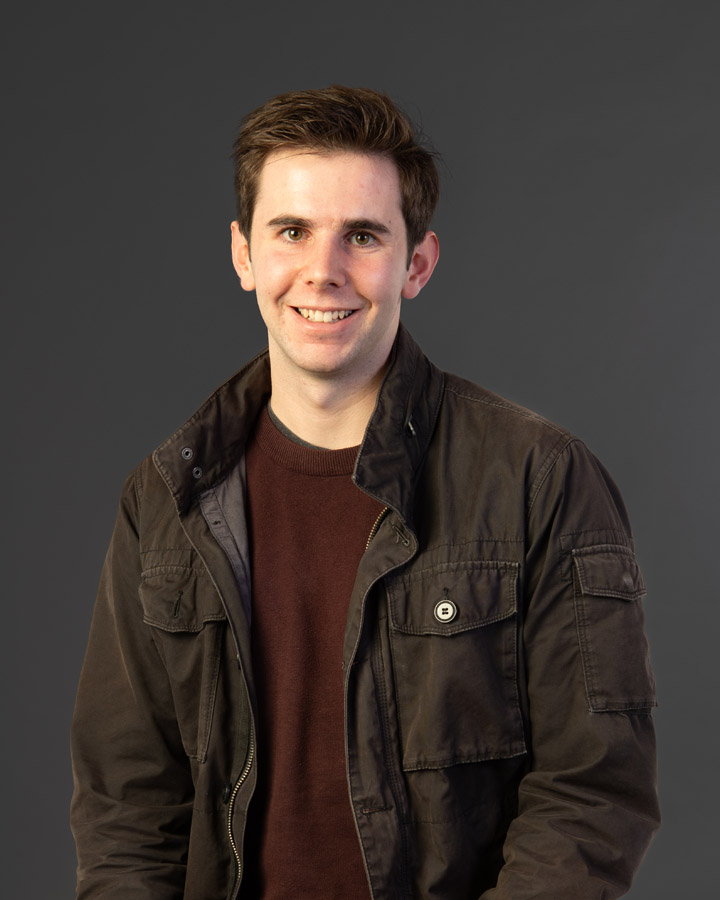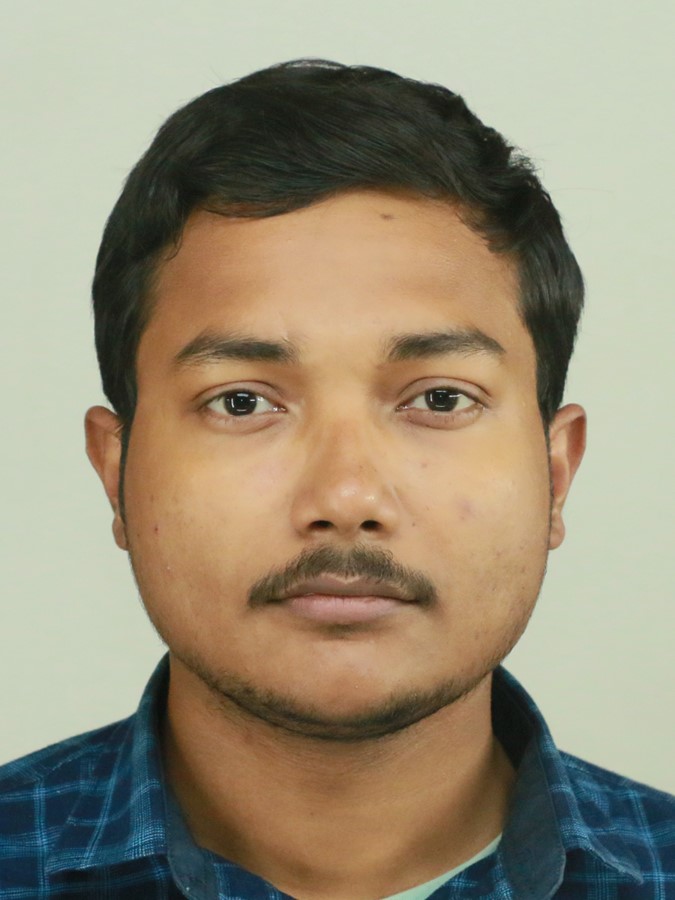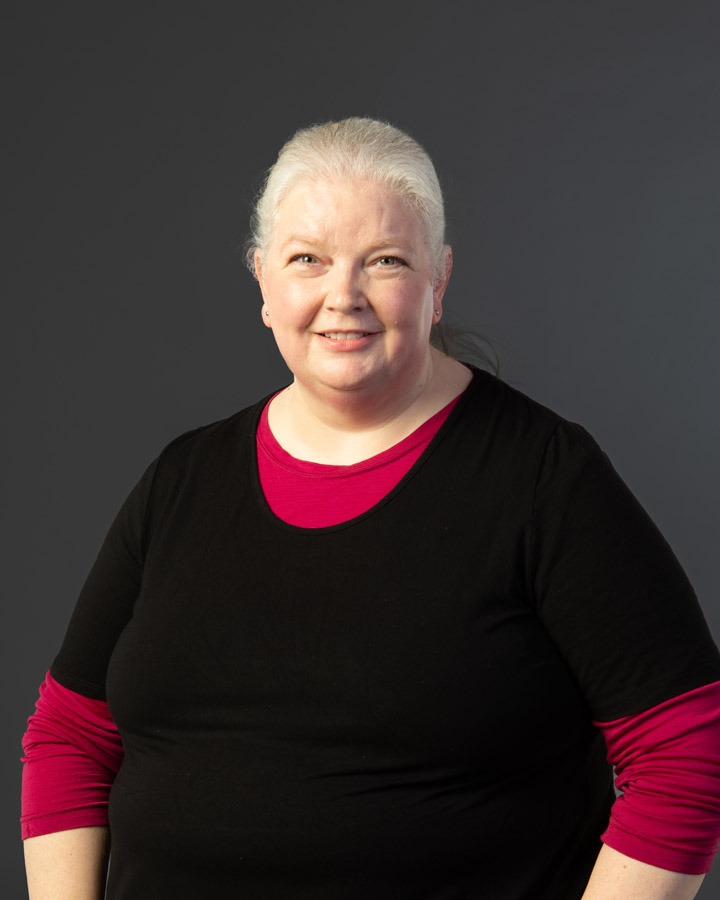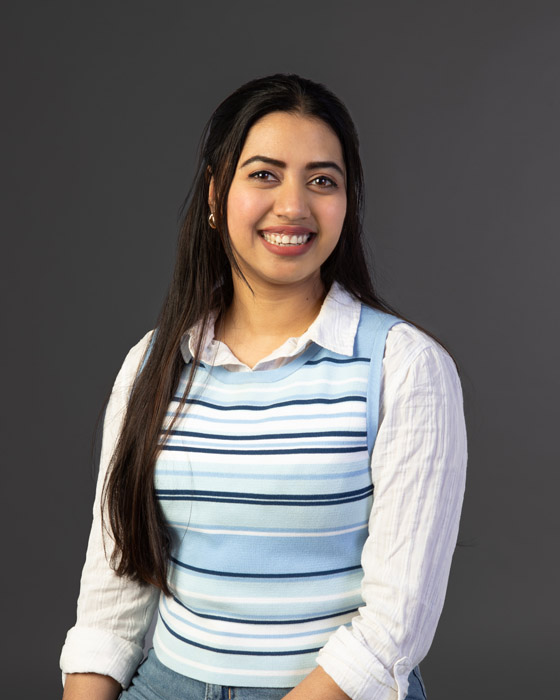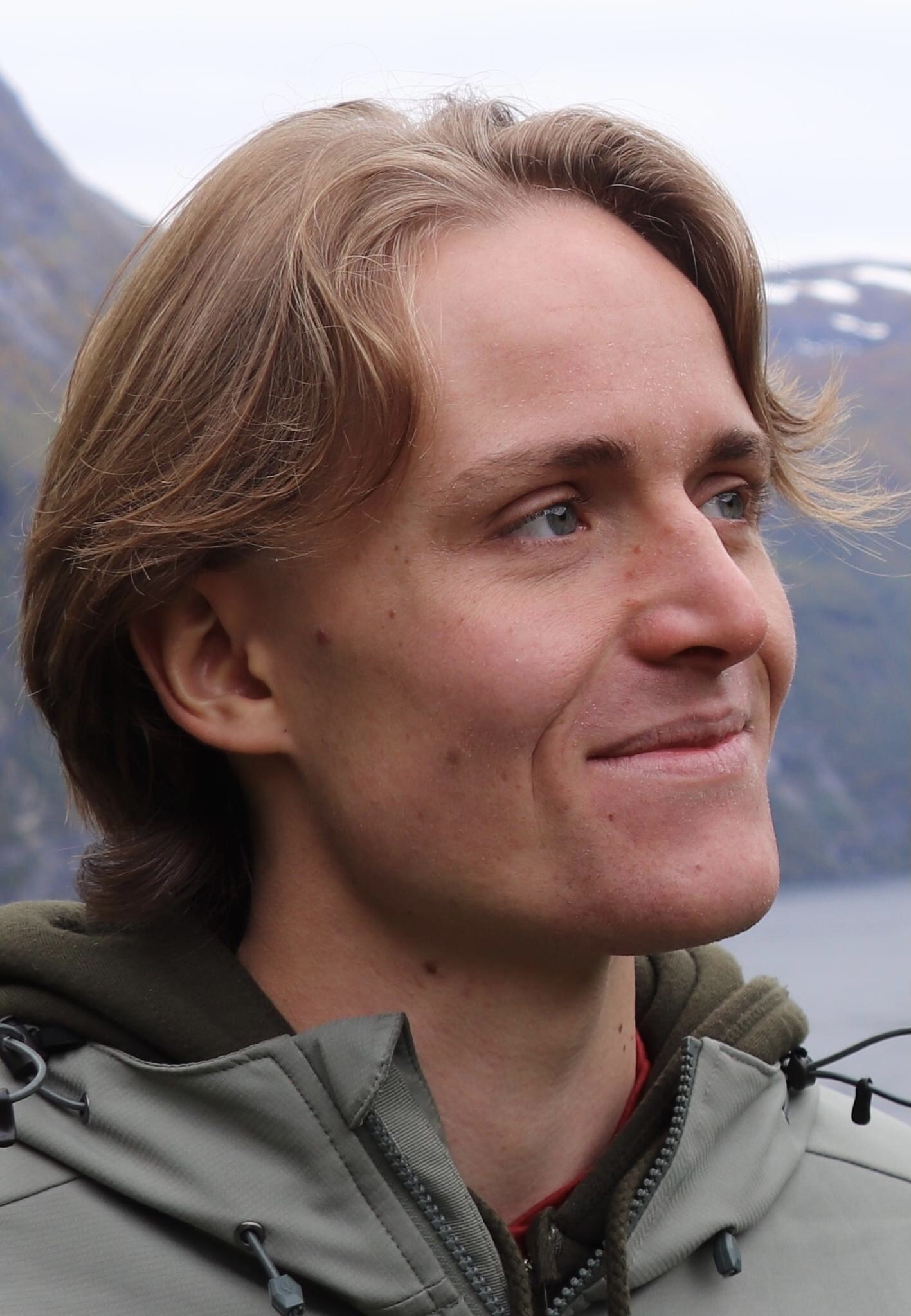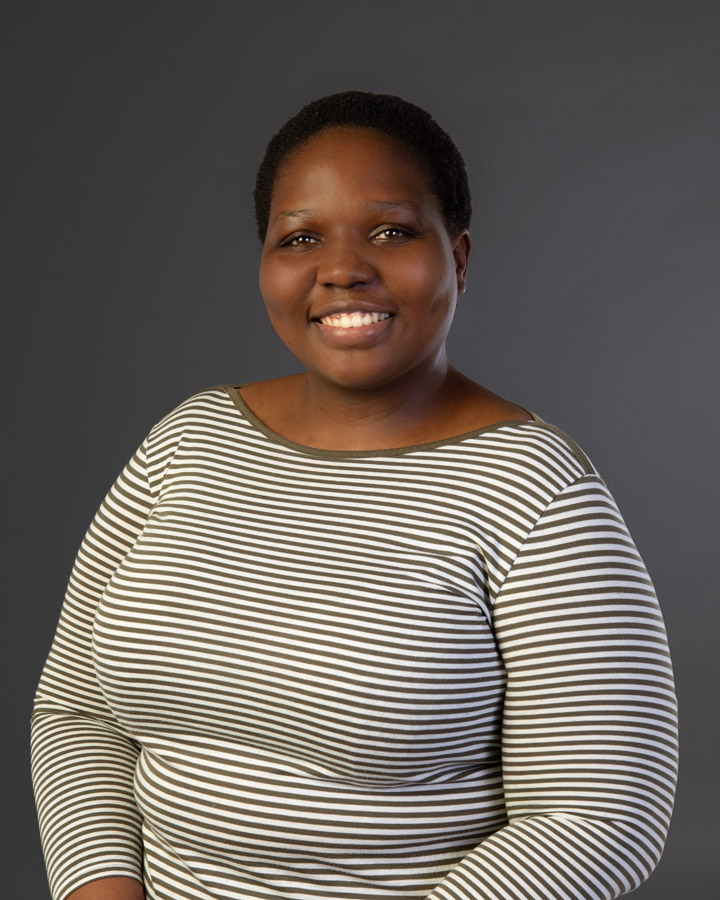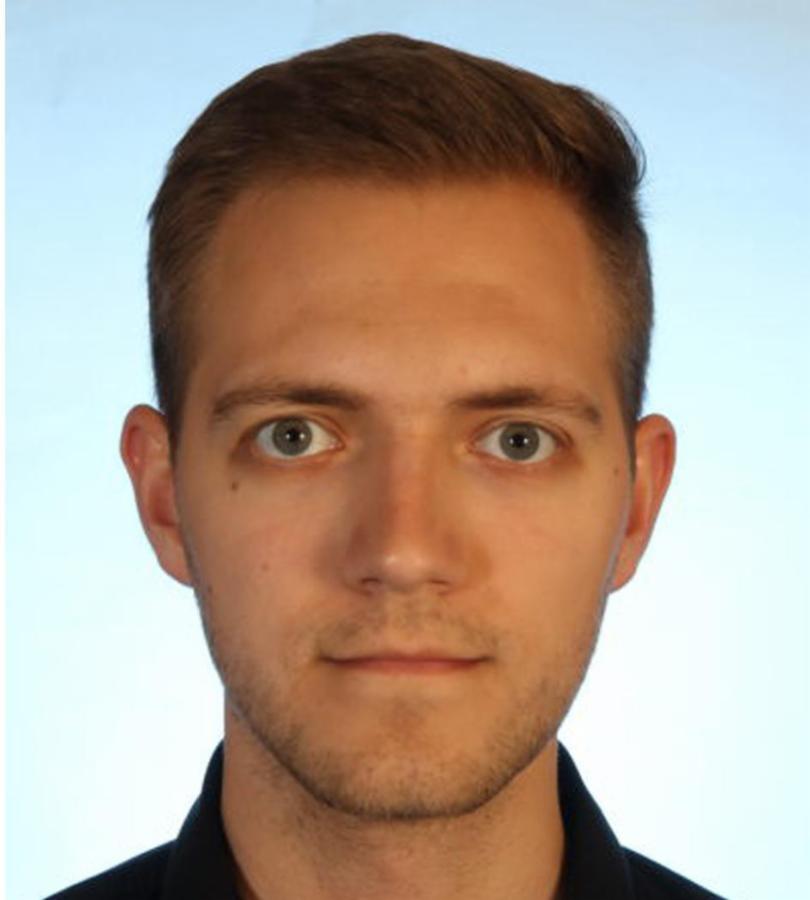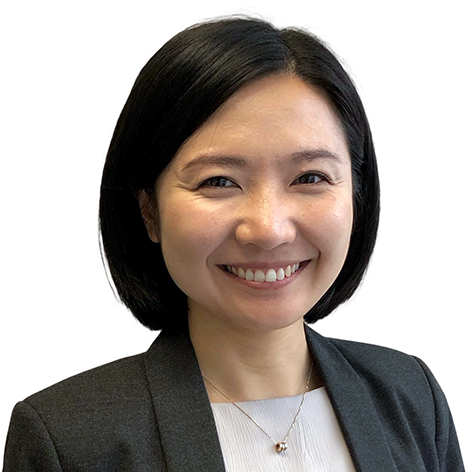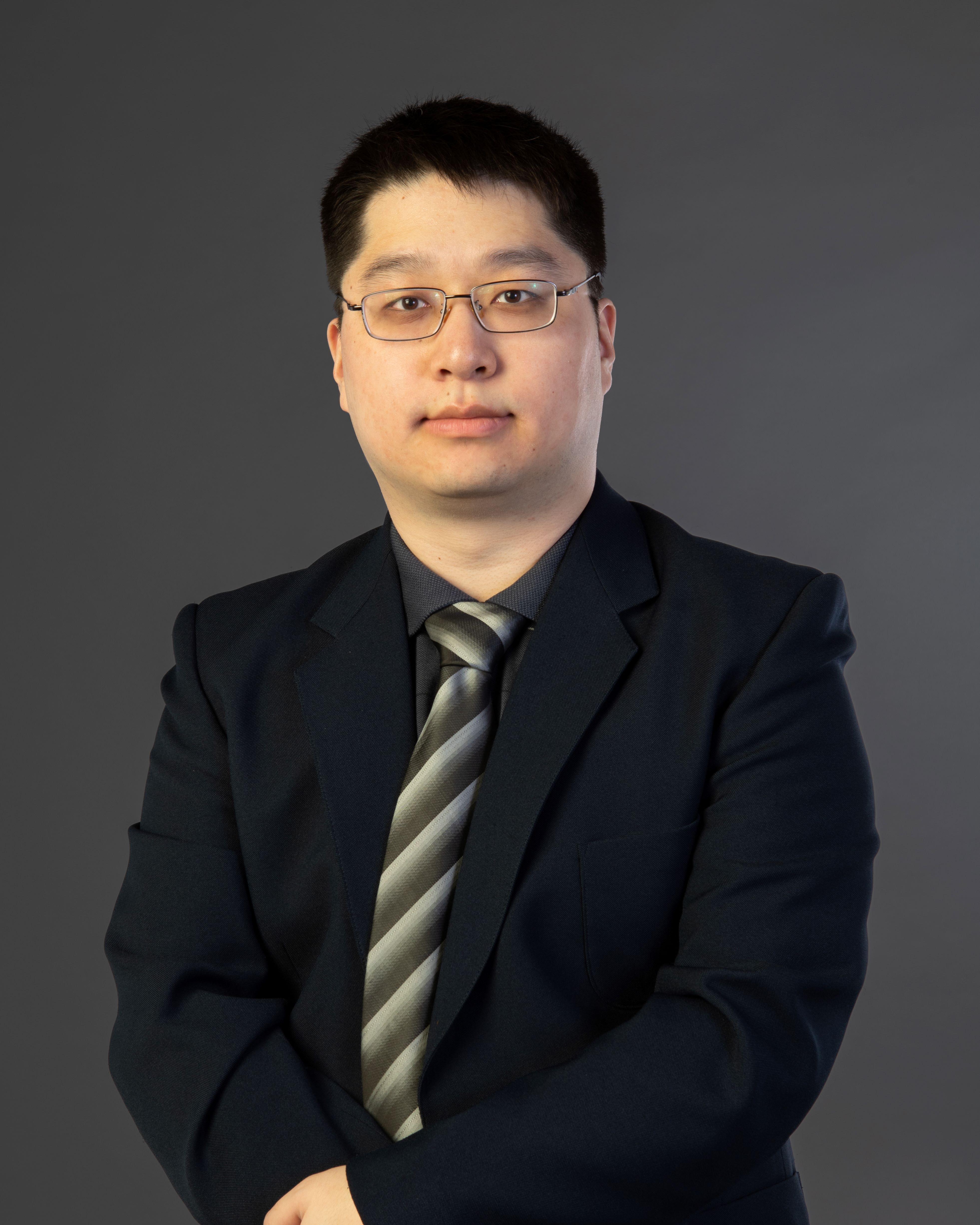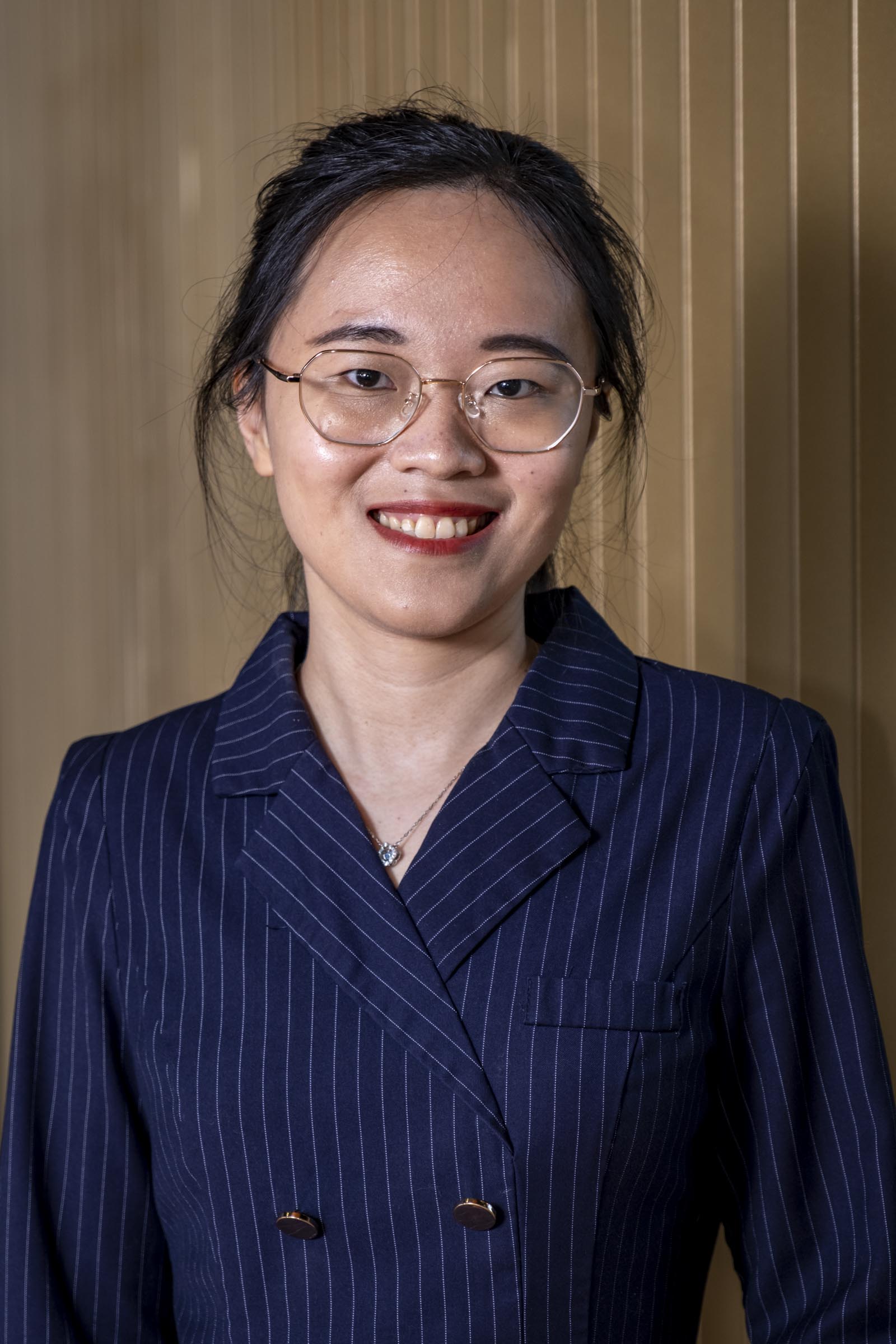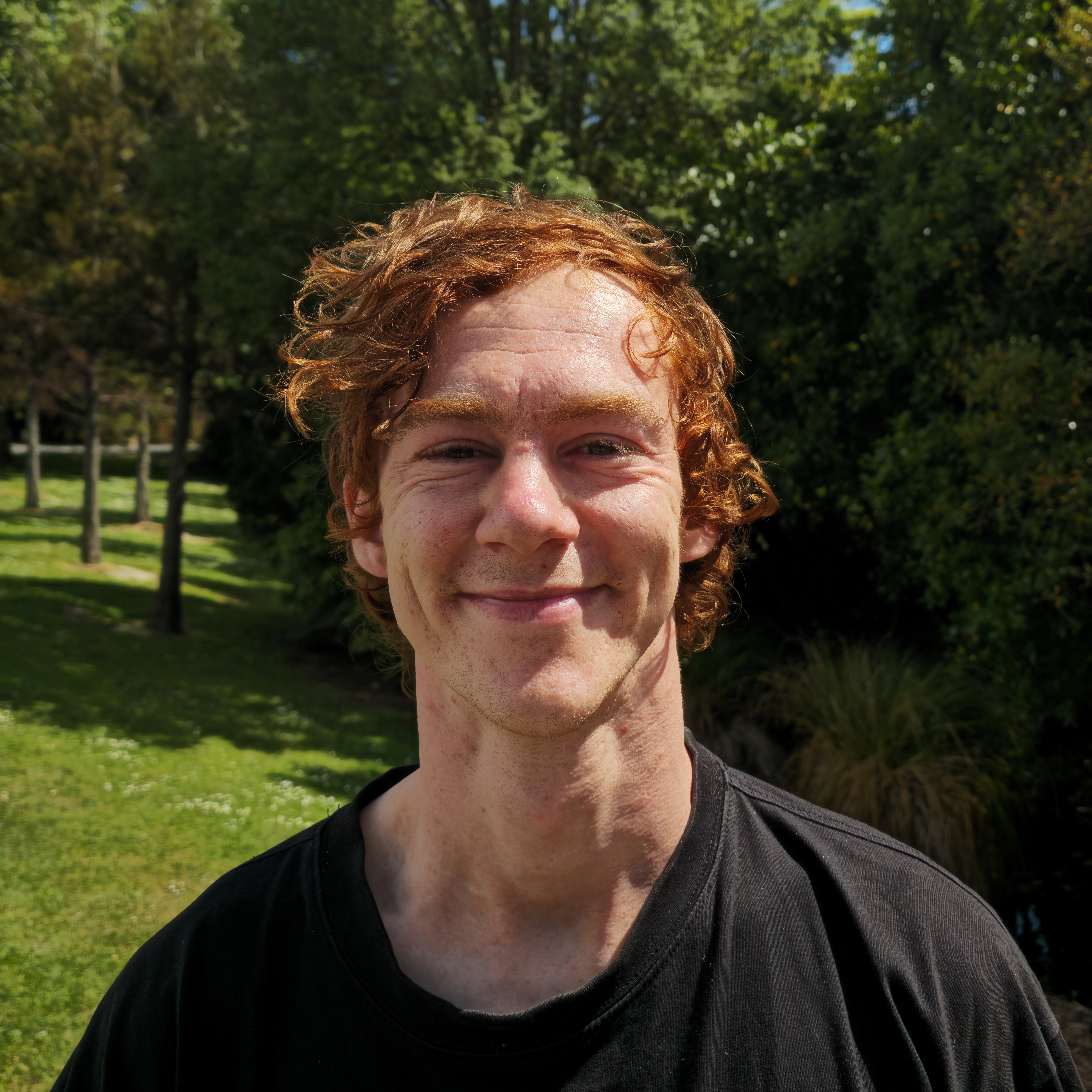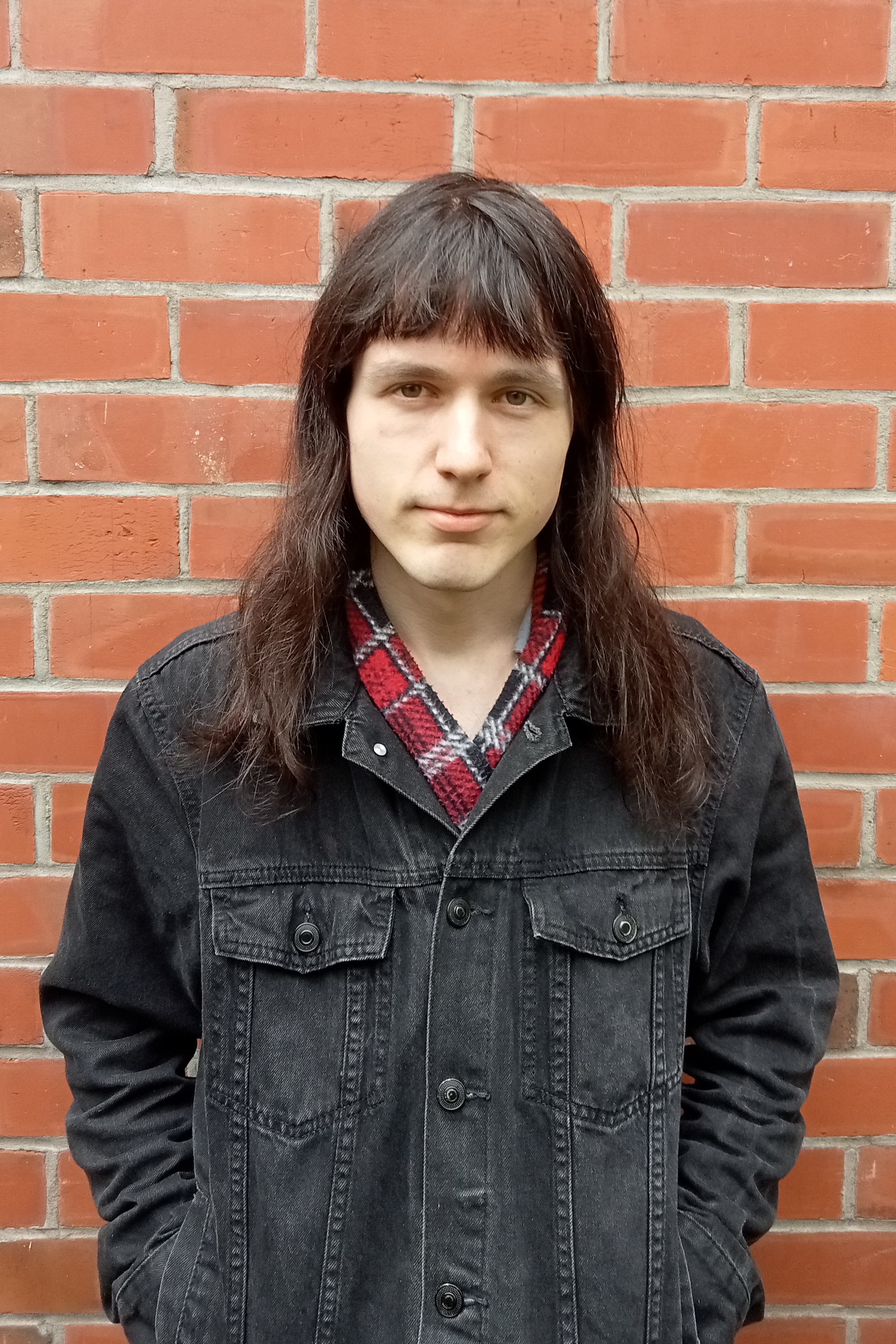Getting started
Postgraduate Diploma in Science (PGDipSc)
This is a one-year full-time course. The course may be taken by any BSc graduate with 90 points in 300-level courses approved by the Head of School, and must include 60 points from MATH 310-399 or from STAT 310-399. A pass in six one-semester courses chosen at the 400-level is normally required. Your choice requires the approval of the Head of School. A completed Postgraduate Diploma in Science (PGDipSc) can be substituted for the course work year of a two-year Master of Science (MSc).
Bachelor of Arts or Bachelor of Science with Honours - BA(Hons) / BSc(Hons)
The Honours degree is a one-year (if studied full-time) programme of study consisting of an Honours project and six 400-level courses. The assessment of the Class of Honours is based on overall performance in the programme.
Eligibility
Students need to be eligible to graduate with a BA or BSc (360 points) and have the appropriate prerequisites, which generally means at least 60 points at 300-level from your chosen subject, and a further 30 points at 300-level from either MATH or STAT courses. Students are also expected to have a GPA of at least 6.0 (B+ average) in courses relevant to their chosen subject. Final approval for entry is given by the Head of School.
Course requirements
Details of the 400-level courses on offer can be found here. Every year there will be at least one course offered in analysis, algebra, discrete mathematics, functional analysis, differential equations and computational mathematics. Every Statistics 300-level course is offered as a 400-level course and courses in generalised linear models and bioinformatics are offered each year. A broad range of honours projects are listed in the Postgraduate Handbook. This list is not exhaustive, and there is plenty of scope for other possible projects. It is expected that a student will have arranged their project by the end of the first week of term. Assessment is based on a written report (80%), which is to be submitted in September, and an oral or a poster presentation in early October (20%).
Specialised honours programmes
In addition to the single honours degrees, there are a number of joint honours programmes that you can study to combine Mathematics with another subject. To keep your options open to enter these courses you must ensure you study a broad base of courses at lower levels, especially the core mathematics courses, so that you have the appropriate prerequisites. For all joint honours programmes it is very important that you check the calendar regulations to ensure you are taking all the required courses.
Find out more about possible joint programmes and specialisations.
Degree regulations
Masters theses are expected to display a good general knowledge of the field of study. Theses are judged by two examiners who submit independent reports. A masters thesis usually takes one year to complete.
Students who have a bachelors degree in Mathematics or Statistics can enrol for a master’s degree. The minimum period of study is two years full-time after a BSc/BA degree, or one year full-time after the respective Honours degree.
The first year of the two–year masters degree consists of at least eight one–semester 400-level courses. Your choice requires the approval of the Head of School. The second year (and also the one year masterate) consists of a thesis only. We almost always ask that you enrol for a BSc(Hons)/BA(Hons) or PGDipSc in your first year.
PhD theses
A PhD is a higher degree awarded for a thesis presenting original research that is a significant contribution to scientific knowledge. It must meet recognised international standards. Students with a good honours or masters degree can enrol for the degree of Doctor of Philosophy.
You will work under the supervision of an academic staff member with whom you have a shared research interest. This normally involves at least three years full–time study.
You must then present a thesis embodying the results of this research for examination. It is judged by two examiners, one of whom is usually from New Zealand. The examiners submit independent reports on the thesis. You then sit an oral examination conducted by one of the examiners. There is no coursework requirement.
Enrolment criteria
To qualify to enrol for a PhD you must have a bachelors or masters degree from a New Zealand university with first or second class honours (or the equivalent). Students from outside New Zealand must have met an equivalent standard.
To qualify to enrol for a research Masters degree you must have completed a bachelors degree with honours or a Postgraduate Diploma or Masters part I (this is equivalent to a PGDipSci). Students from outside New Zealand must have met an equivalent standard.
If English is not your first language you must also meet the University's English language requirements.
- Find out more about undertaking masters level research at UC.
- Find out more about undertaking PhD research at UC.
First study the currently available research projects, listed above. If any particular project interests you contact the supervisor for more information.
If you have a project or research area in mind and think a particular academic may be a suitable supervisor contact them directly. The School’s key research areas are outlined on our research page. There are often other projects available that are not listed here.
If you wish to make a more general inquiry please email us, outlining your interests. Attach your CV and academic transcript. Your email will be forwarded to appropriate members of staff, who will contact you if they have a suitable project. Try to be as specific as possible about the areas you are interested in, as this will help us match you with a suitable supervisor.
Once we have identified a supervisor for you they will be able to guide you through the application procedure in more detail.
- Find out more about admission and enrolment processes at UC.
As a research student you can expect:
- a senior supervisor who directs your research and training and spends at least 1 hour a week with you
- a supervision team with at least one other staff member to monitor progress and offer advice
- regular progress meetings with your supervision team
- regular progress reviews for which you prepare a report
- a programme of training in research and transferable skills tailored to your needs
- opportunities to attend seminars by leading academics from around the world
- opportunities to present your work both nationally and internationally
- general courses available to all students which include project planning, writing and presentation
- specific mathematical and statistical courses through our 400-level courses
- a thriving peer-support network.
There are a range of scholarships available to postgraduate students in Mathematics and Statistics who need help to fund their studies.
- Explore the full UC Scholarships database.
Funding your studies
The most common form of funding for PhD candidates are UC doctoral scholarships. These awards pay tuition fees and give a generous living allowance for three years (PhD). UC also offers masters scholarships. There are two application rounds each year with deadlines of October 15th and May 15th.
In some cases, alternative funding may be available for specific projects and the project supervisor will advise you about this.
Other sources of funding include UC College of Engineering scholarships (for women and Maori students). The university also has agreements with some countries (including China and Malaysia) concerning funding. To find out more about these contact the university scholarships office.
International students
International students pay fees at the domestic rate for their PhD studies at UC and similar UC doctoral scholarships are available for international students - with the same application process. Applications to the university scheme are primarily judged by the GPA (or equivalent) of the student.
Honours, Masters and PhD research projects
There are a number of active research groups working on problems in Pure Mathematics, Applied Mathematics and Statistics.
1. Local-global principles for divisibility in algebraic groups
One says that a Diophantine equation satisfies the local-global principle if the existence of 'local' solutions modulo n for all integers n is enough to ensure the existence of 'global' solutions in the integers. This does not always hold, but when it does it provides a powerful tool for solving such equations. The aim of this project is to explore analogous local-global principles in the context of algebraic groups and identify situations in which they do and do not hold for the question of divisibility.
Student background: Intended for Honours, Masters, or PhD
Research areas: Number theory, algebra, geometry
Contact: Dr Brendan Creutz
2. Descent algorithms for finding rational points on curves
Which pairs of rational numbers x and y satisfy the equation 3x^3 + 4y^3 = 5? It turns out there are none, but this is not easy to prove. Descent is a method going back to Fermat which can be used to attack such questions. Nowadays with the help of computer algebra packages we can apply descent techniques much more broadly. The aim of this project to develop and implement algorithms for carrying out descent on new classes of equations such as pairs of quadratic equations in 3 variables.
Student background: Intended for Masters or PhD
Research areas: Number theory, algebra, geometry
Contact: Dr Brendan Creutz
3. Rational points and zero-cycles on bielliptic surfaces
Student background: Intended for Honours, Masters, or PhD
Research areas: Number theory, algebra, geometry
Contact: Dr Brendan Creutz
4. Reproducing Kernel Hilbert Space methods in dynamical systems
Nonlinear dynamical systems can admit a plethora of invariant and transient objects, including invariant manifolds and invariant measures that are distinguished as important in some way or other. These objects are often “global” rather than “local”, have no explicit formula, but are characterised via functional relations that are hard to solve. The underlying dynamical systems induce transfer operators on spaces of observables, providing a linear, but infinite dimensional framework in which to work. Transfer operators are difficult to access numerically, and this project examines the approximation of such operators in Reproducing Kernel Hilbert Spaces (RKHSs). Specific types of problems include: computation of eigenfunctions of Koopman and Perron-Frobenius operators, stability of finite rank approximation on RKHSs, Bayes inspired learning of an unknown system. (PhD only, Pure or Applied Mathematics)
Student background: Intended for PhD
Research areas: Dynamical systems and analysis
Contact: Associate Professor Rua Murray
5. Dynamical systems and ergodic theory
Dynamical systems is the study of any mathematical system where spatial structure evolves with time. Modern approaches may be geometric, topological, probabilistic or computational. I can supervise a range of projects in theoretical dynamical systems and ergodic theory. Many unanswered questions of interest are in random dynamical systems, wherein the particular evolution rules applied are driven by a stochastic process. The theory surrounding classical structures like attractors and invariant measures is quite well worked out in this context, but there is significant scope for developing the theory application of transfer operators for these systems on convenient Hilbert spaces. (PhD only, Pure Mathematics)
Student background: Intended for PhD
Research areas: Analysis, probability, dynamical systems
Contact: Associate Professor Rua Murray
6. Matroid theory
Matroids (combinatorial geometries) are precisely the geometric structures underlying the solution of many combinatorial optimisation problems. These problems include scheduling and timetabling, and finding the minimum cost of a communications network between cities. Given this, it is surprising that matroid theory also unifies the notions of linear independence in linear algebra and forests in graph theory as well as the notion of duality for graphs and codes. Current and recent postgraduate projects have included studying matroids with a cyclic arrangement of circuits and cocircuits, developing tools analogous to Tutte's Wheels-and-Whirls Theorem, and using tree decompositions to unravel the behaviour of crossing separations.
Student background: Intended for Masters or PhD
Research areas: Combinatorics
Contact: Professor Charles Semple
7. Recognizing graphs via the spectrum of covering graphs
Two graphs are said to be isospectral (or cospectral) if the set of eigenvalues (i.e. the spectrum) of their adjacency matrices are equal. Isomorphic graphs are isospectral but there are many examples of pairs of non-isomorphic isospectral graphs. We would like to be able to distinguish pairs of graphs by some spectral properties. From a graph, there is a natural way to construct related graphs, called covering graphs. This is similar to covering spaces in topology. The basic question of this project is the following. Given two graphs such that they and a collection of their covering graphs match up in isospectral pairs, does it follow that they are isomorphic? The project can be approached from a theoretical perspective, trying to prove some results or from a experimental perspective, trying to collect some data, exploring some classes of graphs.
Student background: Intended for Honours or Masters
Research area: Graph Theory
Contact: Professor Felipe Volch
8. Sudoku’s and geometry over the integers modulo 3
A solution to a Sudoku puzzle consist of an array of 9 rows and 9 columns such that in every row and every column, as well as in every of the nine 3×3 subsquares, we find exactly one of the symbols 1 to 9. Such a filled in puzzle is called a Sudoku square. In this project, we look at constructions of Sudoku squares using geometry over the integers modulo 3; the coordinates of the points are taken in Z3. Depending on your interest, several further pathways are possible. Connections can be made with perfect error-correcting codes over the integers mod 3, you can investigate the connection with MOLS (mutually orthogonal latin squares) by superimposing Sudoku squares, extend the notion of Sudoku to more general puzzles (n × n puzzles, 3D, different shapes), ...
Student background: Intended for Honours or Masters
Research area: Combinatorics, algebra
Contact: Dr Geertrui Van de Voorde
9. Axiomatic planes
In the real (Euclidean) plane, there is (i) exactly one line through two different points and (ii) exactly one line through a point that is parallel to a given line. Now these two properties can be taken as axioms and a new class of planes, called axiomatic affine planes, can be constructed. In particular, it is perfectly possible to construct such planes that have only a finite number of points and lines. Probably the most important conjecture in this area is the question what the possibilities are for the number of points in an axiomatic plane. This project studies axiomatic planes and can take multiple directions, according to your interests.
Student background: Intended for Honours, Masters, or PhD
Research area: Combinatorics, algebra
Contact: Dr Geertrui Van de Voorde
10. Generalised quadrangles/polygons
The incidence graph of a generalised quadrangle is characterized by being a connected, bipartite graph with diameter four and girth eight. We can think of them as a set of points and lines without triangles (hence the name). Generalised quadrangles have their own rich theory, which dates back to the work of Tits on groups of Lie type.
In this project, we will study finite generalised quadrangles: we look for constructions, classifications and characterisations. Generalised quadrangles fall into the more general class of generalised polygons (diameter n, girth 2n). A classic theorem of Higman and Feit shows that a finite generalised polygon is either a di-gon (n=2), a projective plane (n=3), a generalised quadrangle (n=4), a generalised hexagon (n=6) or a generalised octagon (n=8). This project studies generalised quadrangles and/or polygons and can take multiple directions, according to your interests.
Student background: Intended for Honours or Masters
Research area: Combinatorics, algebra
Contact: Dr Geertrui Van de Voorde
11. Designs and their codes
In this project, we will look at connections between design theory and coding theory. A famous example is provided by the (sporadic) Golay codes, which correspond to the Witt designs (and sporadic Mathieu groups). More generally, the support of the codewords in a perfect codes always form a t-design. This project can take multiple directions, according to your interests; including recent research on rank-metric equivalents of these classical links.
Student background: Intended for honours, Masters or PhD students
Research area: Combinatorics, algebra
Contact: Dr Geertrui Van de Voorde
1. Universal Time Series Modelling – A model is worth a thousand datasets
In the context of science and econometrics, "a picture is worth a thousand words" can be translated to "a model is worth a thousand datasets." Models such as Newtonian physics or Black-Scholes equations are human-driven simplifications of complex systems. Recently, machine learning has been able to overcome the inaccuracies of approximate modelling by directly learning the entire set of nonlinear interactions from time series data. However, without any predetermined structure from the scientific basis behind the problem, machine learning approaches are flexible but data hungry, requiring large databases of carefully labelled training data. A central challenge is reconciling data that is at odds with simplified models without requiring "big data". In this research we develop a new methodology, universal time series model (UTSM), which augments scientific models with machine-learnable structures for scientifically-based time series learning.\
Student Background: Intended for Masters or PhD
Research Area: Applied mathematics, applied statistics, and data science
Contact: Associate Professor Marco Reale
2. No flow limit for Bingham fluid flow
Bingham fluids have a material property called the yield stress. If body forces and stresses acting on the material are not larger than the yield stress, there is no flow. Using variational methods and optimal control techniques, we will find the minimum yield stress such that there is no flow in a given geometry. The interested student will have a background in optimization and numerical analysis.
Student background: Intended for PhD
Research areas: Numerical analysis, optimization, applied analysis
Contact: Associate Professor Miguel Moyers-Gonzalez
3. Bubble dynamics in an elastoviscoplastic medium
Through numerical simulations, we will study bubble distribution and morphology in an elastoviscoplastic medium. In certain situations, an analytic approximation could be derived. The interested student will have a background in numerical analysis and real analysis.
Student background: Intended for a PhD
Research areas: Numerical analysis, applied analysis
Contact: Associate Professor Miguel Moyers-Gonzalez
4. Data driven analysis of dynamical systems
Dynamical systems arise as solutions of differential equations, or in any situation where the state of a system updates iteratively with the passage of time steps (e.g., a descent algorithm for training a deep learning network). The local and global behaviour of dynamical systems is often determined by invariants of various kinds: fixed points, periodic orbits, invariant manifolds, invariant probability distributions. When the system is complex (due to very strong nonlinearities and/or high dimension), these objects are hard to find and analyse. In the last decade, a new family of tools has developed, loosely under the umbrella name of “Dynamic mode decomposition”. These methods use samples from the dynamical system to build approximate transfer operators, from which eigenvectors can be extracted. The theory behind these methods remains undeveloped, there is a plethora of possible computational strategies, and any dynamical system can be analysed in this way. The emphasis in this project can be tailored to student interest.
Student background: Intended for Masters or PhD
Research areas:
Contact: Associate Professor Rua Murray
5. Optimisation methods in transient dynamics
The traditional focus of dynamical systems and ergodic theory is on determining asymptotic behaviour (ie infinite time). However, many interesting features are not amenable to this kind of analysis, and important features persist only for finite times (eg "coherent structures" blocking mixing in ocean systems, cells in your body responding to changing ion concentrations). This project will involve numerical work and the development of theory to test out optimisation based methods for computing “locally invariant" structures.
Student background: Intended for Masters or PhD
Research areas:
Contact: Associate Professor Rua Murray
6. Pulses in heterogeneous media
Complex systems arise when many simple identical, or nonidentical, units are coupled together. For example, living tissues are comprised of very large numbers of individual cells, and entire organs perform functions that are not possible at the cellular level. Mathematical physiology has led to a myriad of models of individual cell function, often focussing on the dynamics of transport of ions and more complicated molecules within and between cells. Many such models exhibit excitability, wherein a small external stimulus leads to a large response before a return to steady state. When a network of these subsystems is coupled together, pulses can travel through the network, stimulating an excited response in subsystems that are unable to respond that way in isolation. This project will apply a variety of classical and new dynamical systems techniques to understand this situation, including investigating what insights are provided by Koopman modes computed via dynamic mode decomposition.
Student background: Intended for Masters
Research areas: Differential equations
Contact: Associate Professor Rua Murray
7. Mathematics of medicine
Mathematical models play an increasingly important role in medicine, where data from an individual can be used to develop personalised treatment strategies. A variety of projects in this area could be cosupervised with Paul Docherty in Mechanical Engineering.
Student background: Intended for Masters or PhD
Research areas:
Contact: Associate Professor Rua Murray
8. Modelling spread of COVID-19
Mathematical models have played a key part in New Zealand’s response to COVID-19. This project will use a combination of mathematical modelling and data science to investigate the transmission characteristics of the virus in New Zealand. Key questions include: what is the potential for contact tracing to control the spread of COVID-19; what characteristics of digital tracing systems make them more effective; how could geographic and demographic differences in uptake of contact tracing systems affect epidemic spread; how can we effectively control COVID-19 in high-risk groups?
Student background: Intended for Masters or PhD
Research area: Applied mathematical modelling
Contact: Professor Mike Plank
9. Spatial moment dynamics for invasive populations
Spatial moments are a way of describing the spatial distribution of a population that accounts for correlations between individual locations, e.g. whether individuals tend to occur together in clusters or tend to be spaced apart at regular intervals. Classical models based on average population density cannot distinguish between these and other cases, but they can crucially affect population dynamics. This project will use spatial moment dynamics to model an invasive population and investigate the two-way interplay between spatial structure and macroscopic outcomes such as population size and invasion speed. These models use a combination of individual-based stochastic models and an integro-partial differential equation for the second spatial moment coupled with an appropriate moment closure approximation.
Student background: Intended for Masters or PhD
Research area: Applied mathematical modelling
Contact: Professor Mike Plank
10. Marine ecosystems and fishing
Multi-species communities are often described by food webs, which focus on species as the key variable determining what an individual eats. But in marine ecosystems, fish can grow by several orders of magnitude during their lives, and their diet changes as they do so. This means that body size can be more important than species identity in describing predator-prey interactions. Size-spectrum models focus on body size as a key variable and keep track of how biomass flows from prey to predator through mortality and growth. These models take the form of a system of nonlinear integro-partial differential equations. This project will use size-spectrum models to investigate the dynamics of multi-species communities. These models will also be used to investigate the effect of different ways of distributing fishing pressure across the ecosystem on key outcomes such as fisheries yield and impact on ecosystem structure.
Student background: Intended for Masters or PhD
Research area: Applied mathematical modelling
Contact: Professor Mike Plank
11. Combinatorics of reticulate evolution
Evolution is not always a treelike process because of non-treelike (reticulate) events such as lateral gene transfer and hybridisation. In computational biology, the reticulate evolutionary history of a set of extant species is typically represented by a phylogenetic network, a particular type of rooted acyclic directed graph. Although reticulation has long been recognised in evolutionary biology, mathematical investigations into understanding the combinatorial and algorithmic properties of phylogenetic networks are relatively new. This project aims to answer questions like the following: How hard is it to decide if a given gene tree is embeddable in a given network? If we select a network with a certain number of leaves uniformly at random, how many reticulations do we expect it to have when the number of leaves is sufficiently large? When is a network determined by the path-length distances between its leaves? What is the minimum number of reticulations for a network to embed a given set of conflicting gene trees?
Student background: Intended for Honours, Masters, or PhD
Research areas: Combinatorics, phylogenetics
Contact: Professor Charles Semple
12. A general implementation of the Friedrich-Nagy gauge for the Einstein equations
The first wellposed Initial Boundary Value Problem (IBVP) for the Einstein field equations was given in the late 90’s by Friedrich and Nagy. Although the first, it has only been numerically implemented very recently, and only in plane symmetry. The upshot of a wellposed IBVP from a numerical relativistic perspective is that one can generate complicated gravitational waves through the boundaries. If one does not have wellposedness or is solving an initial value problem, then the gravitational waves must be imposed as initial data, in which case complicated elliptic equations must be solved.
This project aims to generalise the recent plane symmetric implementation to four dimensions and use it to study the non-linear self-interaction of gravitational waves in a variety of different contexts, such as in an expanding universe. The effect of the gauge will also be studied and contrasted to other schemes.
Student background: Intended for PhD
Research area: Mathematical and numerical relativity
Contact: Dr Chris Stevens
13. Stability of Anti-de Sitter space-time with non-reflecting boundary conditions
Through pioneering numerical studies by Bizoń and Rostworowski in 2011 it was found that Anti-de Sitter space-time is non-linearly unstable under a particular class of perturbations. Since then, time-stable periodic solutions have been discovered and explored. This has had implications for string theory through the AdS/CFT correspondence. In all the literature, fully reflective boundary conditions have been used.
This project aims to study this instability numerically from a global perspective and experiment with non-reflective boundary conditions. It would be interesting to investigate the relationship between the reflectivity of the boundary conditions and the resulting instability, and how this affects the physical interpretation.
Student background: Intended for PhD
Research area: Mathematical and numerical relativity
Contact: Dr Chris Stevens
14. Exploring Roger Penrose’s Conformal Cyclic Cosmology (CCC)
CCC is a theory which identifies the future of our expanding universe with the big bang of another through conformal rescalings of the space-time metric. In this way, the entire universe, i.e. multiple big bangs and futures, is in some sense cyclic. However, one “aeon”, i.e. one of these cycles, is not necessarily the same as another. Further, information is predicted to travel through aeons and may show up in the cosmic microwave background.
This project aims to investigate one of the major outstanding problems in the theory: the uniqueness of the conformal factor. This is the tool to relate subsequent aeons near the crossover, but there has yet to be a satisfactory way of fixing it.
Student background: Intended for Masters or PhD
Research area: Mathematical relativity and cosmology
Contact: Dr Chris Stevens
15. Fluid-particle interactions for granular flows
A Masters project aimed at extending a simple model of falling bodies interacting with the surrounding medium, bounding walls, and each other. The project involves fluid dynamics, asymptotic analysis, and some computation.
Student background: Student background: Intended for Honours or Masters
Research area: Fluid dynamics
Contact: Dr Phillip Wilson
16. Pseudo-wake structure in colliding turbulent boundary layers
A Masters project aimed at examining the global behaviour of turbulent boundary layers colliding in a curved pipe. The project involves fluid dynamics, asymptotic analysis, and some computation.
Student background: Student background: Intended for Honours or Masters
Research area: Fluid dynamics
Contact: Dr Phillip Wilson
17. Turbulence in the Deep Ocean
Turbulence mixes the ocean, moving heat from the ocean surface to the ocean depths, and nutrients in the opposite direction. The strength of this mixing is unclear, as is the contribution to this mixing from turbulence generated by deep ocean flows over complex sea floor topography. This project will combine mathematical analysis and numerical simulation to give insight into this key feature of global climate models.
Student background: Intended for PhD
Research area: Fluid dynamics
Contact: Dr Phillip Wilson
1. Efficient survey designs
Development of efficient survey designs for environmental monitoring. This project involves looking at optimal survey designs for monitoring changes in animal and plant population abundances. The project could involve some field work.
Student background: Intended for a Masters or PhD student
Research areas: Applied Statistics, Mathematical Biology
Contact: Professor Jennifer Brown
2. Spatial patterns in ecological models
Incorporating information on spatial pattern into ecological models. Statistics on spatial patterns will be used to model optimal network designs for environmental monitoring. Aspects of adaptive sampling will be used to develop optimal designs.
Student background: Intended for a Masters or PhD student
Research areas: Applied Statistics, Mathematical Biology
Contact: Professor Jennifer Brown
3. Algorithmic Decision Theory/Computational Social Choice
In large-scale computer settings voting procedures have been used in planning, similarity search, e-commerce, the design of ranking algorithms, recommender systems or multi-agent systems. The project will look at the complexity-theoretic and algorithmic aspects related to elections, especially voting rules.
Student background: Intended for PhD students
Research Areas: Data science, Theoretical Computer Science
Contact: Gabor Erdelyi
4. Societal Aspects of AI
AI technologies are increasingly proliferating in modern societies. The benefits and challenges they bring to humanity are apparent. The solution of these challenges requires interdisciplinary and multi-stakeholder collaboration. Projects in this realm involves exploring how data science in collaboration with other disciplines can contribute to solving these problems.
Student background: Intended for Master and PhD students
Research Areas: Data science and any other subject area.
Contact: Gabor Erdelyi
5. Dose-Response Analysis
Dose-response models have various applications in toxicology, biology, chemistry, or pharmacology, i.e. estimating toxicity threshold levels for a chemical compound or optimal dosage of a drug. This project involves the development of a user-friendly software implementation of Bayesian nonlinear models with the statistical software R. Focus of the project can for example be hierarchical modelling, non-normal responses, or dose-finding methodology.
Student background: Intended for PhD, good programming skills, Bayesian statistics
Research area: Applied statistics
Contact: Dr Daniel Gerhard
6. Spatio-temporal modelling of environmental and crop management effects on sensory scores and chemistry profiles using historical big data
Plant and Food Research Ltd has access to large historical datasets of consumer sensory scores and chemistry profiles on multiple individuals for a combination of management-environment interactions for various commercial varieties of crops such as hops, apples and kiwifruit. Utilising the available phenotypic data at Plant & Food, we will develop a modelling strategy to predict environment x management x consumer interaction effects. We focus on selecting sustainable varieties, adapted to climate change and a low environmental impact. Consumer data allows us to explore economically viable options for smaller and more specialised market segments. Predicting consumer specific effects can include the analysis of high dimensional chemical profiles or discrete panel data.
Including ExMxC interactions in a plant breeding model comes with several challenges. Predicting all combinations of different growth conditions and market segments will lead to a large set of model parameters, which requires a large amount of information, usually obtained from combining the data of several breeding trials. This can result in the need to combine outcomes for different sampling designs and missing data where not all full-factorial combinations are available.
Using a Bayesian framework will allow us to use historical information and expert knowledge about phenological effects. A Bayesian model combines the information from the data with a prior distribution that quantifies the belief about a model parameter before any data is collected. This mechanism allows us to evaluate the full posterior distribution of the effects of interest. We will use numerical procedures, like Markov Chain Monte-Carlo algorithms, to sample from these posterior distributions using the statistical software R and Stan.
Most models need to include spatial effects for adequately representing the environmental variability, modelling the spatial correlation between different sampling locations. Our aim is to look at different locations that are analogous to future climate developments to predict if a genotype is suitable under global warming or extreme weather events.
Student background: Intended for PhD, good programming skills, Bayesian statistics
Research area: Applied statistics
Contact: Dr Daniel Gerhard
7. Crime and punishment in England
The crime and punishment records of the Old Bayley (the Central Criminal Court of England and Wales) has been made digitally available and provide a wealth of information on the type of offences and types of punishment meted out for them for the past 5 centuries. Analysing such data can bring deep insights into socio-economic changes taking place over that period. This project will concentrate on identifying common and disparate trends in the time series provided. Bayesian Reversible jump MCMC allows one to fit models with a variable (unknown) number of parameters. Applying it to multivariate multinomial time series will constitute the statistical novelty of the project.
Student background: Bayesian statistics, MCMC algorithms, good programming skills (R preferred)
Research area: Bayesian statistics
Contact: Professor Elena Moltchanova
8. Heights of army and navy recruits
Historical records of population heights provide information about the socio-economic trends prevalent at the time. However, the most commonly available historical records are not usually representative of the population at large. For example, the army preferred to recruit the talled and healthier men while the navy also had height restriction due to the cramped condition on the ships. The truncation was not precise but rather stochastic. Using a stochastically truncated sample to estimate the underlying population distribution is a common topic in socio-economical historical studies of human stature. However, the methods are often stepwise, inelegant and biased. Finding an elegant statistically sound way to use a doubly truncated sample to fit the underlying distribution will be the topic of this project.
Student background: Bayesian statistics, MCMC algorithms, good programming skills (R preferred)
Research area: Bayesian statistics
Contact: Professor Elena Moltchanova
9. Dynamic economic control charts for monitoring epidemics
Control Charts have been developed in 1920s to monitor mass production, but since then have found application in a number of fields, including epidemiology. Control charts may be statistical, economic or a hybrid of both. Unlike the common economic control charts which decide between doing something "now and never", dynamic ones decide between taking the action now or waiting for more information to make the optimal decision later. Deriving the optimal decision making strategies analytically is often impossible, thus application of a machine learning method called reinforcement learning to derive optimal control charts will be investigated within this project.
Student background: Mathematical statistics/Statistical inference, good programming skills (R preferred)
Research area: Economic control charts, stochastic epidemic modeling, epidemiology, reinforcement learning
Contact: Professor Elena Moltchanova
10. Analysis of spatio-temporal trends in New Zealand traffic in 1998-2018 and implications for benchmarking and implementation of autonomous self-driving vehicles
Holiday news coverage is unfortunately never complete without reports of traffic jams and the road death toll. Autonomous vehicles are expected to solve both problems. Always sober, always alert, always obedient to the rules. In New Zealand, they have the potential to reduce the number of traffic accidents caused by drunk or distracted drivers, as well as those involving tourists who are unfamiliar with driving on the left side of the road. However, it would be unrealistic to assume that the autonomous vehicles could achieve a perfect driving record and avoid fatalities altogether. So how safe do they need to be before we can accept them onto our roads? To move this discussion from philosophy to policy we need to establish empirical benchmarks. The goal of this project is to use past road accident data to develop a simulation framework for the cost-benefit analysis of autonomous self-driving vehicles.
In the first phase of this project we will analyse the data in the New Zealand Crash Analysis System (CAS) to determine the factors most influencing the probability and severity of accident occurrence. CAS includes detailed, spatially-explicit traffic accident information which we intend to complement with other relevant information, such as weather conditions. In the second phase we intend to create a simulation framework that will empower us to formulate recommendations regarding successful deployment of autonomous vehicles. Will they be most useful in large densely populated metropolitan areas during the morning rush hour or should they better be deployed in remote areas instead? Would it make tourist trips safer? By establishing how safe human drivers are we will be able to establish safety performance standards for autonomous vehicles. Once autonomous vehicles meet this benchmark it could be argued that human driving should become illegal. Given the size and complexity of the data, the candidate is expected to utilise state-of-the art modelling, such as Bayesian spatio-temporal regression modelling, Bayesian networks, and random forests.
Student background: Bayesian statistics, MCMC algorithms, data mining, data science, good programming skills (R preferred)
Research area: Bayesian statistics, data science
Contact: Professor Elena Moltchanova
11. Parsimonious models for multivariate time series
The established framework for modelling multivariate time series is the vector autoregression moving average (VARMA) models. This class of models requires a large set of parameters. We are interested in either sparse structures using statistical learning approaches such as graphical lasso or more parsimonious models such as the recently proposed ZAR models. We are interested in models for both analysis and forecasting. This is a broad area of research: the specific project will depend on the student's interests.
Student background: Intended for Honours, Masters, or PhD
Research areas: Time series analysis, statistical learning, graphical modelling
Contact: Associate Professor Marco Reale
12. Spatially Balanced Sampling of Natural Resources
A spatial sampling design determines where sample locations are placed in a study area. The main objective is to select sample locations in such a way that valid scientific inferences can be made to all regions of the study area. When sampling natural resources, nearby locations tend to be more similar than distant ones because they interact with one another and are influenced by the same set of factors. Hence, an effective sampling strategy is to spread the sample locations evenly over the resource, called spatially balanced sampling. This project considers using quasi-random number sequences, auxiliary information and ranking techniques, to draw spatially balanced samples from natural resources.
Student background: Intended for Masters or PhD
Research areas: Sampling, applied statistics and environmental monitoring
Contact: Dr Blair Robertson
13. Decision Trees for Statistical Learning
Classification problems occur in many fields including statistics, data science, machine learning and medicine. The purpose of a classification algorithm is to assign a class label, or the probability of being in a particular class, to an unclassified example. Decision tree classifiers are conceptually simple, making them a popular statistical learning method. This project considers using oblique decision trees in ensemble learning, where the ensemble is built using techniques from random forest and boosting. The proposed methods will be numerically tested on a wide range of datasets.
Student background: Intended for Masters or PhD
Research areas: Algorithms, statistical learning, and data science
Contact: Dr Blair Robertson
14. Stochastic properties of speciation and extinction models
How do species evolve (and go extinct) through time? The 'shape' of evolutionary trees reconstructed from genetic data, and calibrated with fossil evidence, provides some clues. However to test competing hypotheses requires understanding the mathematical and statistical properties of different speciation and extinction models. This project will survey what is know in this area, then identify, and possibly answer one of several remaining questions. This project will suit a student with a solid background in probability theory, and linear ordinary differential equation modeling. Programming experience may also be helpful.
Student background: Intended for a Masters student
Research areas: Mathematical Biology, Theoretical and Computational Statistics
Contact: Professor Mike Steel
15. Discrete random models in evolutionary biology
The last 3 decades have seen spectacular advances in our understanding of evolutionary biology, due largely to the wealth of molecular data (genes and genomes) being generated. Stochastic models are a fundamental tool to analyse this data, and the development of better models, and better methods of analysis requires a careful interplay of mathematics, algorithm development, statistics, and communication with biologists.
This project will aim to develop models and methods required to analyse new types of genomic data that are becoming available, and to explore approaches that build a 'network of life' rather than 'tree of life'.
Student background:
The precise project will depend on the skills and interests of the student, but any of the following background would be useful:
- probability theory and statistics
- discrete mathematics
- algorithms and computer science
- programming
- some background in modern molecular evolutionary biology
Intended for a PhD student
Research area: Mathematical Biology
Contact: Professor Mike Steel
1. Crisis and Change
Crisis and Change-the historical and mathematical analysis of a significant episode in the history of mathematics.
Student background: Intended for a Masters or PhD student
Research area: History and Philosophy of Mathematics, and Mathematics Education
Contact: Professor Clemency Montelle
2. Ethnomathematics
Student background: Intended for a Masters or PhD student
Research area: History and Philosophy of Mathematics, and Mathematics Education
Contact: Professor Clemency Montelle
3. Mathematical themes from ancient mathematics
Various mathematical themes from ancient mathematics, including the Ancient Near East, Ancient Greece, India, or the Islamic Near East.
Student background: Intended for a Masters or PhD student
Research area: History and Philosophy of Mathematics, and Mathematics Education
Contact: Professor Clemency Montelle
4. Textual and mathematical analysis of a historical work
Textual and mathematical analysis of a historical work, either in translation or original language (Cuneiform, Greek, Latin, Sanskrit, Arabic, French).
Student background: Intended for a Masters or PhD student
Research area: History and Philosophy of Mathematics, and Mathematics Education
Contact: Professor Clemency Montelle
Conference opportunities
Every year, postgrad students can attend the New Zealand Mathematics and Statistics Postgrad Conference with other postgrad students from all over New Zealand - an annual highlight. Our students are generally well funded and encouraged to travel to conferences in their field of research, making UC a fantastic place to start your academic career with a postgrad degree.
Meet our Postgraduate Research Students
Interested in finding out more about postgraduate studies in Mathematics and Statistics? Browse our postgraduate student profiles and email us to find out more about research in our School.


